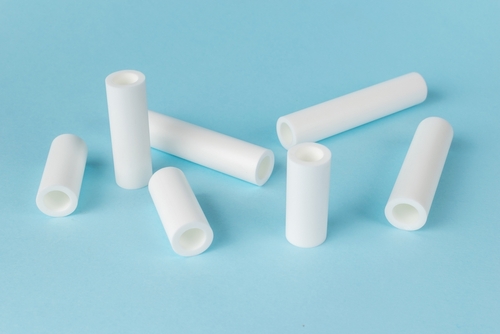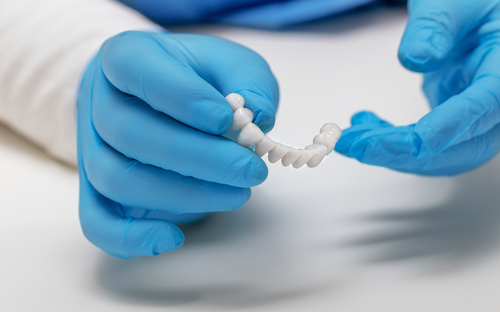Precision and efficiency are critical aspects of manufacturing high-performance ceramic parts. While traditional machining has been a reliable method, injection molding has proven to be the superior alternative as it offers high precision, consistency, and cost-effectiveness, especially when it comes to complex designs and high-volume production. Keep reading to learn more about how injection molded ceramics outperform machined parts.
How precise is injection molding?
One of the key strengths of ceramic injection molding (CIM) is its ability to achieve exceptional dimensional accuracy. Here’s what this means for the entire process:
Tolerances & dimensional accuracy
Manufacturers design and produce molds that allow for the production of parts with high precision and tight tolerances that are as low as ±0.05mm. This is particularly important for industries where even small deviations can affect performance, such as aerospace, medical devices, and electronics.
Compared to machining, this precision offers significant advantages. Because of tool wear, machining can often result in variations. On the other hand, injection molding delivers parts that closely match the mold, with consistent and repeatable results across large production runs.
Complex geometries
Ceramic parts often require detailed features, such as thin walls, tight radii, or internal structures, which can be extremely difficult and time consuming to machine. Injection molding can achieve these complex shapes with high precision because it relies on filling a mold with a ceramic feedstock under pressure. Once the feedstock fills the mold, it takes on the exact shape of the cavity, regardless of how complex or detailed it may be.
When it comes to machining, achieving such features would require multiple machining steps, specialized tools, and significant time, which can result in higher cost of production and an increased potential for errors.
Material utilization & efficiency
The process of machining involves cutting away material to achieve the desired shape, which often leads to significant material waste. However, CIM minimizes material waste by using only the exact amount of feedstock needed to fill the mold.
Because it can produce a finished part without the need for extensive post-processing, it also reduces production cost and time. In contrast, machining often requires additional steps like polishing or grinding to achieve the desired surface finish, adding to the overall cost and production time.
In addition, machining normally requires another type of material like metal, whose chemical and mechanical properties aren’t compatible with many applications where ceramic parts excel.
Durability of mold vs. machining tools
While the initial investment in creating a high-precision mold can be higher, its lifespan is much longer than that of machining tools. They wear out quickly while shaping materials and therefore lead to increased cost of maintenance and more frequent replacement of tools. Injection molds, on the other hand, are designed to withstand thousands of cycles, which is why they are a more cost-effective option for long-term production runs.
Who are the leading experts in producing high-quality injection molded ceramics?

We cooperate with both domestic and international clients with consistent commitment to excellence. Send us an email at sales@wundermold.com or reach out to us by phone and let us know more about the details of your project.
